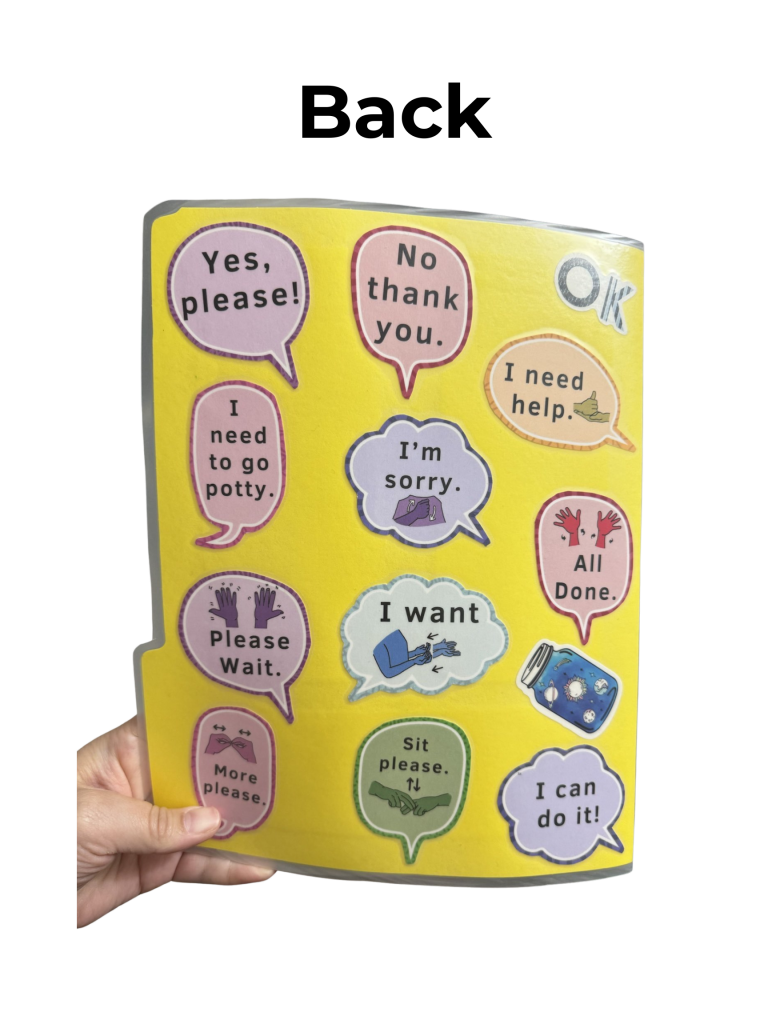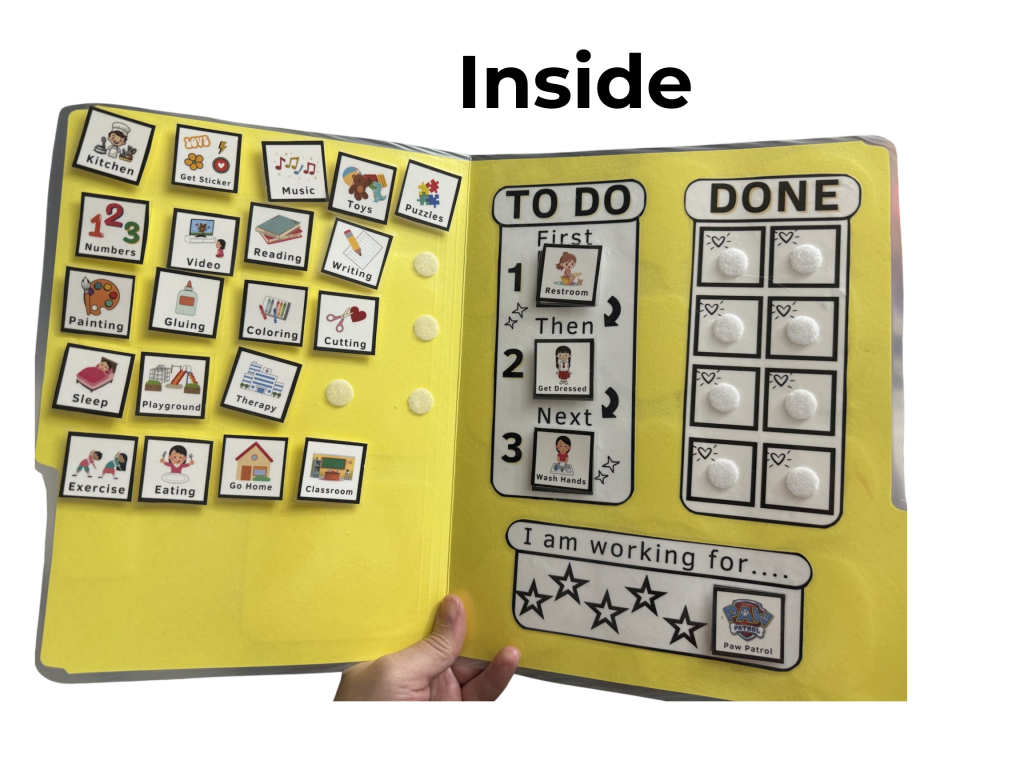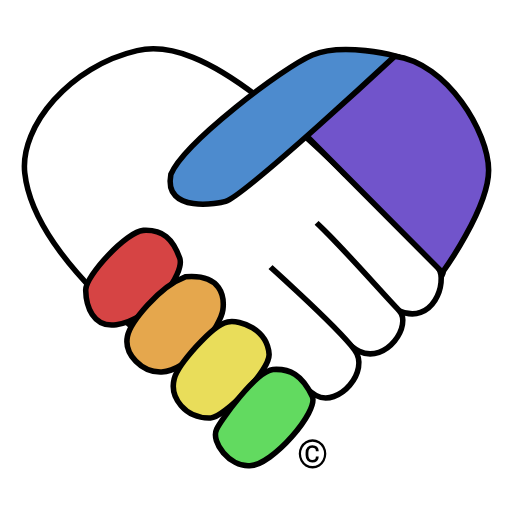November 4, 2025 | Sam Sandate White
By a former special education teacher, AuDHD adult, and parent to neurodivergent kids.
Parenting—or step-parenting—an autistic or ADHD child can be an adventure. But the difficulty grows when there’s no clear path toward success.
I’ve worked with many autistic and ADHD students over the years and know how hard it can be for them to communicate with their loved ones. My goal is for families to leave this post feeling heard, supported, and equipped.
Let’s dive in!
Related Article: Top 5 Tips for Raising an Autistic Child
What are my child’s needs?
Every child has different needs. And despite what many believe, you can never “over-support” a child with the right resources.
You might hear:
“I don’t want to give them learned helplessness.”
That’s a valid concern—if you’re doing tasks for your child. But support items don’t create this issue. They empower independence.
Example:
My son struggles to stay focused while getting dressed. The worst choice I could make? Doing it for him because “it’s faster.” That would take away his chance to practice:
- Balancing
- Grip strength
- Fine motor skills
- Focus and attention
Instead, I use picture-based support items to guide him through the task—without taking away his autonomy.
And here’s the truth:
If a child doesn’t need a support item, they’ll naturally stop using it. Either they complete the task independently, or the support wasn’t the right fit and needs adjusting.
Ask Yourself:
Does my child struggle with…
- Focusing on a task?
- Transitioning between tasks?
- Communicating their needs?
- Regulating the intensity of their responses?
Your answers will guide the types of resources your child needs.
Types of Resources Available
The types of resources available are endless! Yet despite all the choices, I would argue it makes it harder to find the specific types you need for YOUR child and your situation.
I’m going to mainly talk about 5 main types:
- Focus Boards
- Transition Boards
- Communication Boards
- Regulation Support
- Custom Support
1. Focus Boards
Designed to help children stay on task.
These boards break down steps visually and are ideal for kids who struggle with attention and focus.
I see many families not realize the importance of Focus Boards. The best way to explain their importance is to pretend you are at a concert. You are trying to hear a story the person next to you is telling you.
But there are so many lights, sounds, and people moving around, it’s hard to focus, even IF you can hear them clearly!
Focus boards help keep the attention at the task at hand and gives your child the information they need to succeed.
Related link: Free Focus Boards Download Link

2. Transition Boards
Help children move from one activity to the next.
Most schools or therapists start with a First/Then chart and I do suggest to start there.
Related link: Free First/Then Chart Download Link
But as soon as you feel they are ready, I recommend using a Choice Board—three options that let your child practice decision-making and transitions. It’s to be used specifically during times when there is no “wrong” answer and the child will enjoy all three choices. So the focus is on them practicing moving tasks, not the order of the tasks.
My daughter uses this when we play with music toys. It can be pretty difficult for her to change task to task. But we’ve made huge progress on her being able to make choices and move forward.
Related link: Free Choice Board Download Link
It’s hard at first, especially if your child struggles with emotional regulation. But it works. After three years of using transition boards, we “graduated” to a full visual schedule by kindergarten.
Tip: Schools may resist using these tools, but consistent use at home makes a big difference.
Related link: Free Transition Boards Downloads Link

Source: AI generated image using Copilot
3. Communication Boards
These support expressive language—but they’re not one-size-fits-all.
Standard boards often look like this:

Source: Fluent AAC; download for free at www.fluentaac.com/communicaation-boards
Related Link: Free Communication Board Downloads
But that format didn’t work for my hyperlexic children. They read early, echoed phrases (echolalia), and understood ASL signs. Instead, I used sentence stems and hand-drawn ASL visuals—tools that matched their strengths.
Shoutout to Ms. Rachel for her lovely ASL videos!

Source: Ms. Rachael; watch for free at her youtube channel
If a traditional board isn’t working, trust your gut and adapt. The goal is communication, the method doesn’t matter.
Related link: Free ASL Sentence Stems Download Link
4. Regulation Support
Autistic and ADHD kids experience the world differently. Their reactions aren’t “overreactions”—they’re genuinely distressed!
It is a challenge to figure out how to navigate in a world that doesn’t stop to wait for you to process what you are feeling physically or emotionally.
Having regulation support will help your child experience life without the feeling distress from emotional regulation issues.
Feelings charts aren’t just decoration—they’re tools for body awareness and emotional navigation.
Related link: Free Emotional Regulation Support Downloads Link

Source: I Feel Chart: download for free
Custom Supports
Sometimes, you need to get creative.
My daughter struggled to remember her teachers’ names. So I made Snapchat-style name tags with cartoon avatars. She may not have face blindness like I do, but she needed a visual anchor to connect names and faces.
The key is asking:
“How do I solve this specific issue?”
If you’re facing a unique challenge, use our suggestion box to share your idea. We love supporting our community—you’re never alone in this. We are in this together.
Related link: Suggestion Box

Source: Sam made these for free using Bimoji
Creating Your Folder
Once you’ve chosen your resources, combine them into a personalized folder.
Here was my child’s folder:



It supported them in:
- On the front:
- Emotional regulation with “I feel” chart
- Class rules chart
- Practicing their teacher’s names
- Inside:
- Transition chart: To Do list
- Back
- ASL sentence stems
For their personal folder, I picked and chose different resources so it was catering to her needs.
It has since retired, but I still keep it around for tough days when a refresher is needed.
I know it worked and helped because every time my daughter sees it? She cheers and excitedly grabs it to tell ME how to use it.
Closing Thoughts
Being an autistic/ADHD adult and parenting autistic/ADHD children is a unique experience, and one I’m deeply grateful for. I hope these resources help you build a support system that empowers your child.
Let’s create tools that honor who they are and what they need to thrive.

